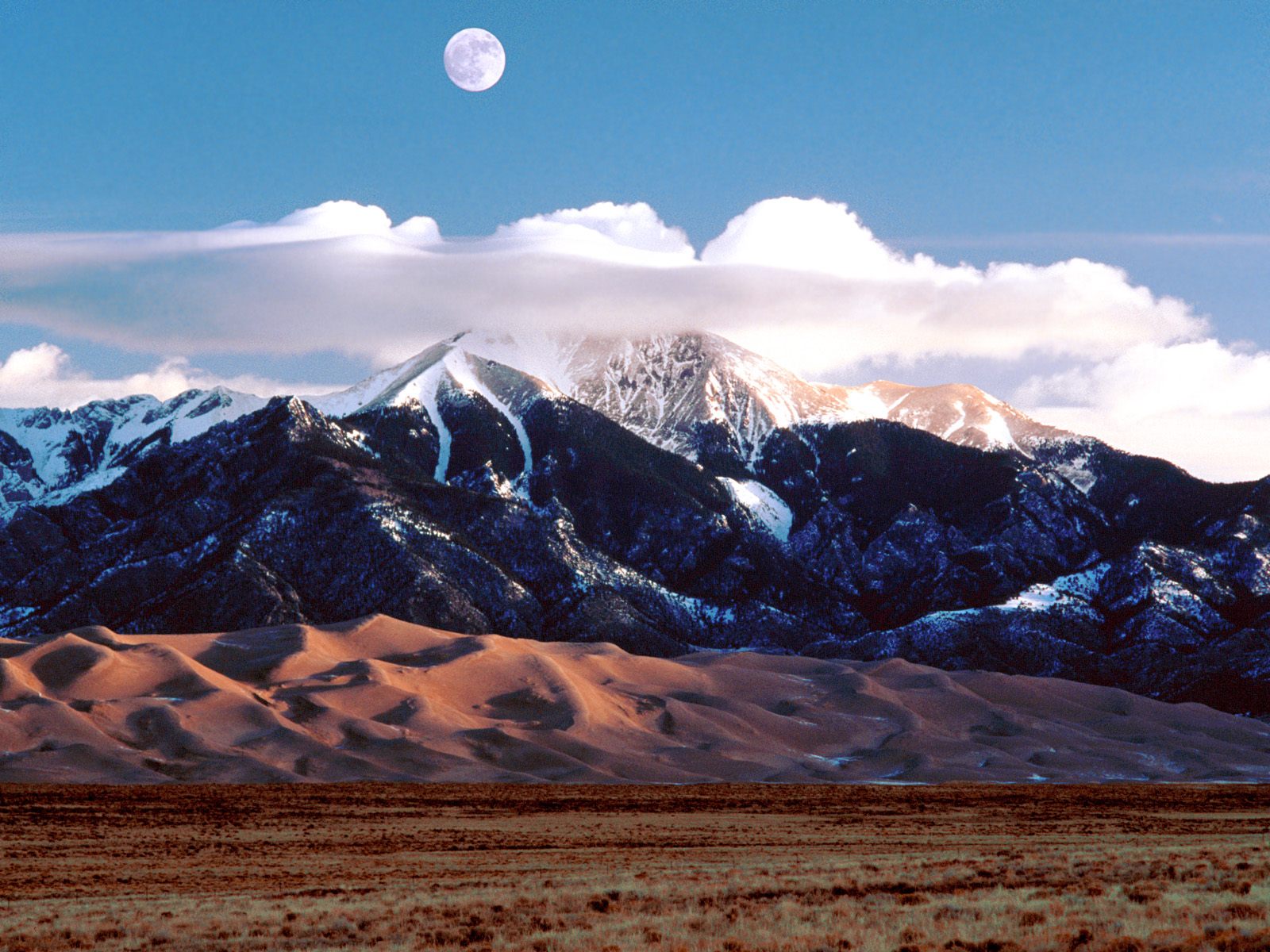
Growing up in the San Luis Valley, I never ceased to be amazed by its towering mountains and its secret treasure – the 750-foot-tall Great Sand Dunes. The geologic processes that formed both the Valley and the Dunes trace some of the most significant events in Earth’s history. Drawing inspiration from these processes, this composition unfolds in three basic phases:
1. Rifting – You will hear repetitive patterns interrupted by percussive fissures. These fissures alter the pattern, just as prehistoric landscapes were changed by the process of rifting.
2. La Garita Caldera Eruption – You will hear unaccompanied flute in a moment of calm before the storm. Next, you will hear smoke rising, the shock wave of the eruption, falling debris, and the low, hot, fast-moving gas of the pyroclastic flow.
3. Sedimentation – Finally, the eruption will fade into particles. You will hear rain sticks, maracas, shakers, and an ocean drum, mimicking the sound of sands filling the valley floor. The hymn For the Beauty of the Earth celebrates the creation of the Valley with echoes of its geologic past.
A World in this Grain of Sand takes its title from two poems that capture the wonder I find in the Valley and its Dunes. First, from the famous opening stanza of William Blake’s Auguries of Innocence:
To see a World in a Grain of Sand
And a Heaven in a Wildflower
Hold Infinity in the palm of your hand
And Eternity in an hour.
Second, from the last stanza of Robert William Service’s A Grain of Sand:
For look! Within my hollow hand,
While round the earth careens,
I hold a single grain of sand
And wonder what it means.
Ah! If I had the eyes to see,
And brain to understand,
I think Life’s mystery might be
Solved in this grain of sand.
A World in this Grain of Sand is presented in collaboration with Dr. Tracy Doyle and with special thanks to Dr. James Doyle, Dr. Angela Winter, and the Adams State University Winds and Percussion Ensemble.